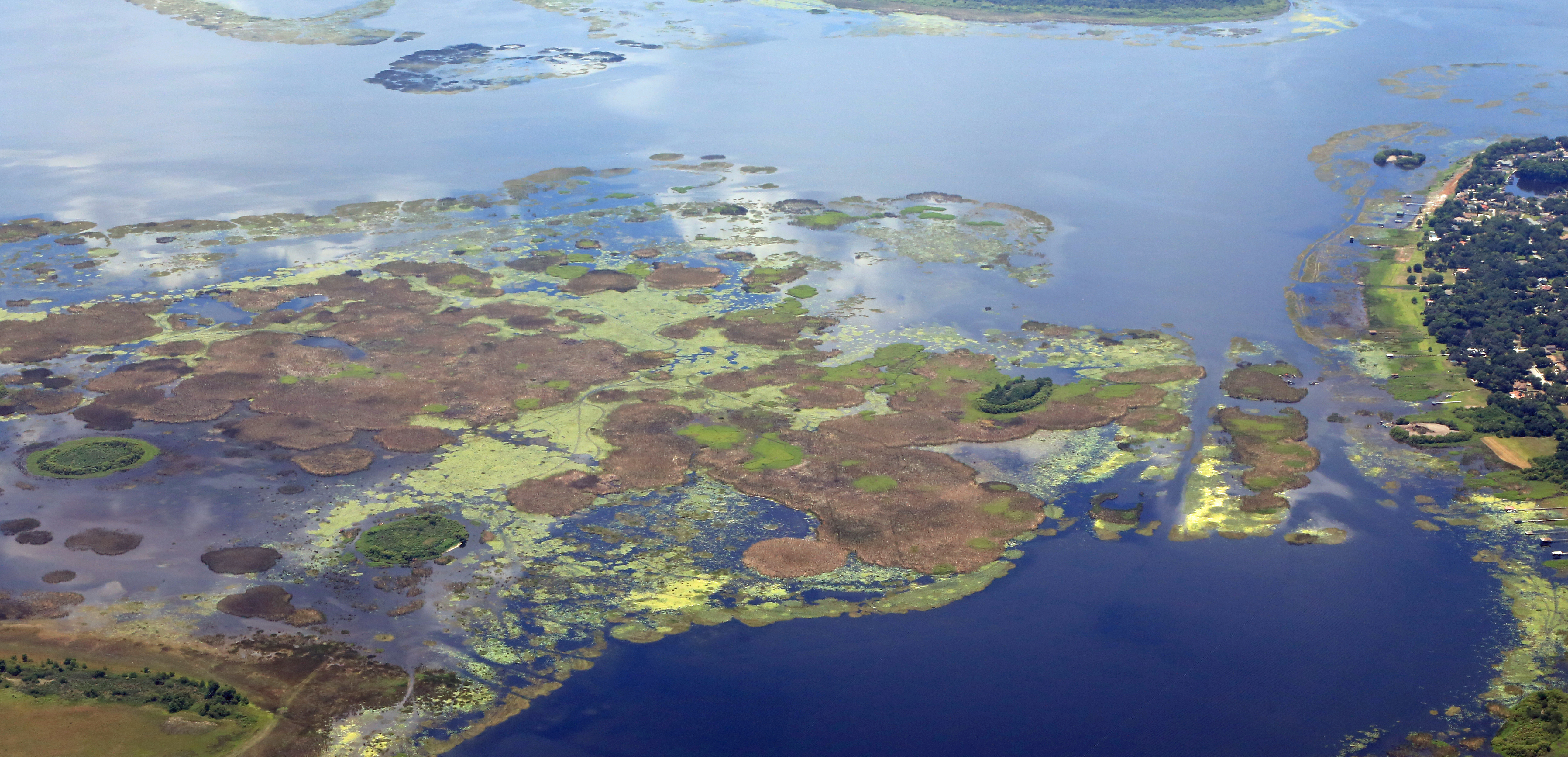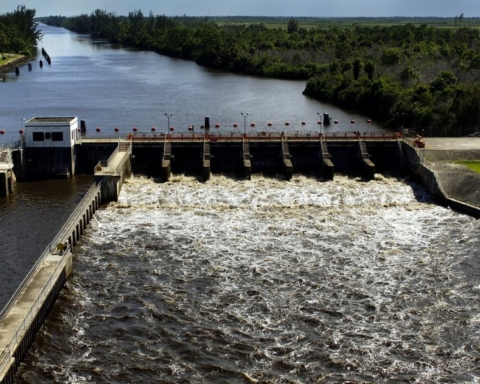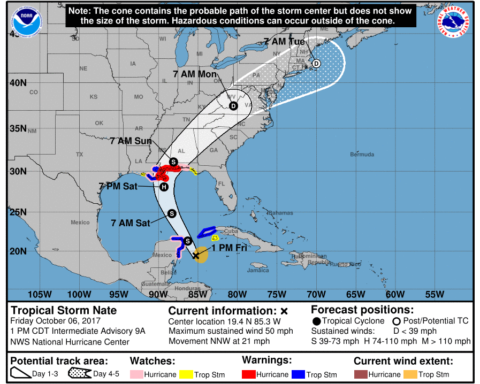Scientists working for the South Florida Water Management District presented findings Thursday pointing to inflows north of Lake Okeechobee as the source of nutrients causing recent algae blooms in the lake.
The findings showed runoff from north of the lake, due to high rain levels and the warm temperature, was the major cause of the bloom.
The nutrient-rich inflows from Taylor Creek, Kissimmee River, Nubbin Slough, Indian Prairie and Fisheating Creek had chlorophyll levels above the 40 micrograms per liter threshold which indicates algae, with one station in the northern section of the lake measuring in at over 100 micrograms per liter.
Everglades Agricultural Area Farmers, a group representing mainly sugar farmers south of the lake, saw the report as vindication for what they have been telling state lawmakers all along: sugar isn’t the problem, and southern storage isn’t the solution.
“We are seeing the result of what we warned about during session: environmental special interest groups and Senate leaders spent all of their time and energy pushing a myopic plan focused solely on southern storage to put a band aid on a symptom rather than addressing the problem at the source,” EAA spokeswoman Danielle Alvarez said. “And now we’re seeing that algae in the lake remains a problem in a year when water volume and estuary discharges aren’t a problem.”
One slide in the presentation even shows a clear north-to-south progression in algal blooms, with pockets starting to form along the northern coast of Lake Okeechobee June 30, and spreading southward through the end of July.
Water storage south of Lake Okeechobee was one of Senate President Joe Negron’s major legislative priorities in 2017, and he managed to push through the controversial $1.5 billion plan in the closing days of session.
The legislature didn’t manage to pass any bills focusing on other causes of algal blooms, such as a plan backed by Gov. Rick Scott that would have put $40 million toward converting septic tanks to sewer along the Indian River Lagoon and Caloosahatchee River.
South Florida farmers have cut their their phosphorus levels by 70 percent in the past year, and EAA said it’s time for lawmakers to do their part by tackling the problem at the source with a northern water storage and treatment plan.









